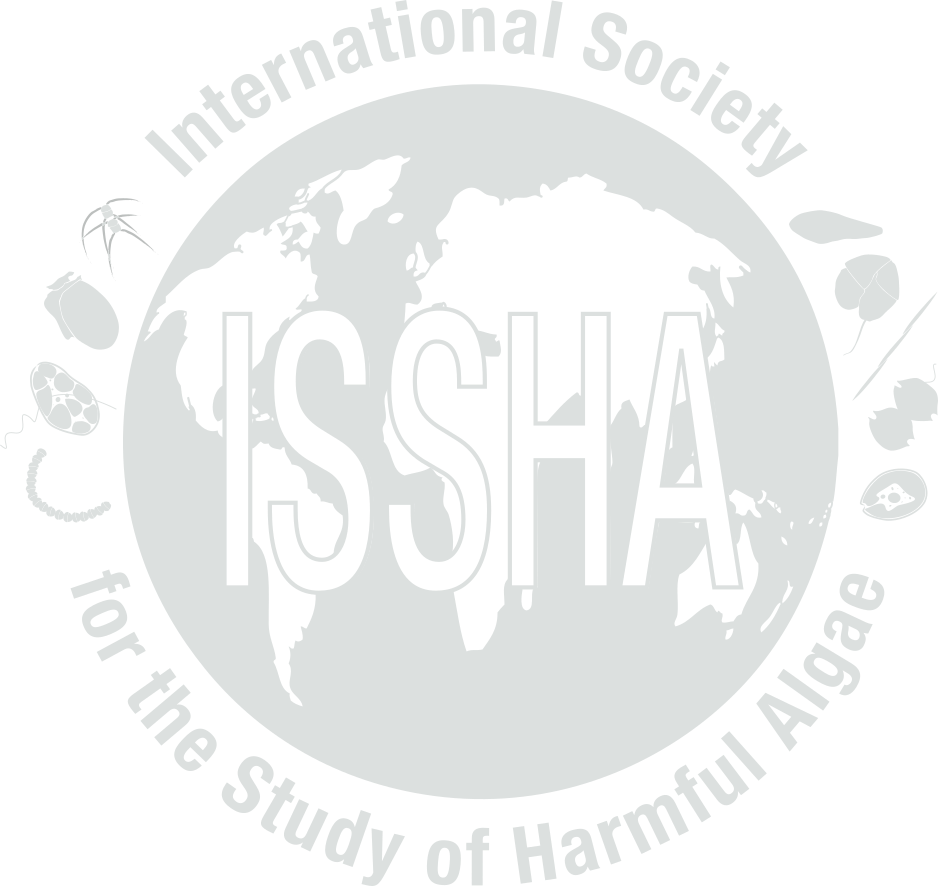


| Event name: | CA-95-006 | |
| Country: | CANADA | |
|
Nature of the harmful event: |
Seafood toxins | |
|
Event directly affected: |
||
| Toxicity detected: | Yes (Approximate range: > 80 µg STXeq / 100 g.) | |
| Associated syndrome: | PSP | |
| Unexplained toxicity: | No | |
| Species implicated in toxin transmission (transvector): | ||
| Report the outcome of a monitoring programme: | Yes | |
| Event occurred before in this location: | Yes (PSP toxicity has been measured by the mouse bioassay technique on a regular basis since 1961 in the St. Lawrence. Algae are monitored at the coastal stations only since 1989.) | |
| Individuals to contact: | GÉLINAS, Roger , LEVASSEUR, Maurice | |
| Location: | Latitude: , Longitude: | |
| General location information: |
various locations, Quebec Region HAB Area code(s): CA-07 |
|
| Additional location information: | Harmful algae are monitored on a weekly basis at 11 stations in the Gulf of St. Lawrence since 1989. See Complementary Information. | |
| Bloom event dates (yyyy/mm/dd): | Start: 1995-06-01, End: 1995-08-31 | |
| Quarantine levels dates (yyyy/mm/dd): | ||
| Additional date-related information: | Various times during June-August. | |
| Causative organism known: | Yes | |
| Causative Species/Genus: |
Prorocentrum lima
(2,600 cells/L)
August 30 in Havre-aux-Maisons station Prorocentrum minimum (5,280 cells/L) August 27 in Tête à la Baleine station. Dinophysis norvegica (3,660 cells/L) June 25 in Carleton station Alexandrium tamarense (2,680 cells/L) June 12 in Penouille station Dinophysis acuminata (1,720 cells/L) August 2 in Mont-Louis station Alexandrium ostenfeldii (1,620 cells/L) June 12 in Penouille station Pseudo-nitzschia delicatissima (91,306 cells/L) August 20 in Tête à la Baleine station Pseudo-nitzschia seriata (120,608 cells/L) August 15 in Ste-Flavie |
|
| Co-Ocurring Species/Genus: | ||
| Chlorophyll concentration, if known: | µg/l | |
| Additional bloom information: | A. tamarense and A. ostenfeldii were the causative species, of the PSP effects. Eight potentially harmful species have been found at the eleven coastal stations. | |
| Event-related bibliography: | ||
|
||||||||||||||||||||||||||
| Nutrient information: | ||||||||||||||||||||||||||
| Temperature Range During Event: | Max: °C, Min: °C | |||||||||||||||||||||||||
| Salinity Range During Event: | ||||||||||||||||||||||||||
| Bloom location in the water column: | ||||||||||||||||||||||||||
| Growth: |
In situ |
|||||||||||||||||||||||||
| Growth Comments | ||||||||||||||||||||||||||
| Additional Environmental information: | ||||||||||||||||||||||||||
|
|||||||
| Kit used: | Type of kit used: | ||||||
| Additional information: | Paralytic Shellfish toxins concentration have exceeded 80 µg STX equi./100 g (as determined by the mouse bioassay technique) at several stations. | ||||||
| Economic losses: | |||||||
| Management decision: | Shellfish areas with paralytic shellfish toxins concentration exceeding 80 µg STX eq/100 g (as determined by the mouse bioassay technique) were closed to harvesting during variable periods of time during summer months. | ||||||
| Additional harmful effect information: | |||||||
